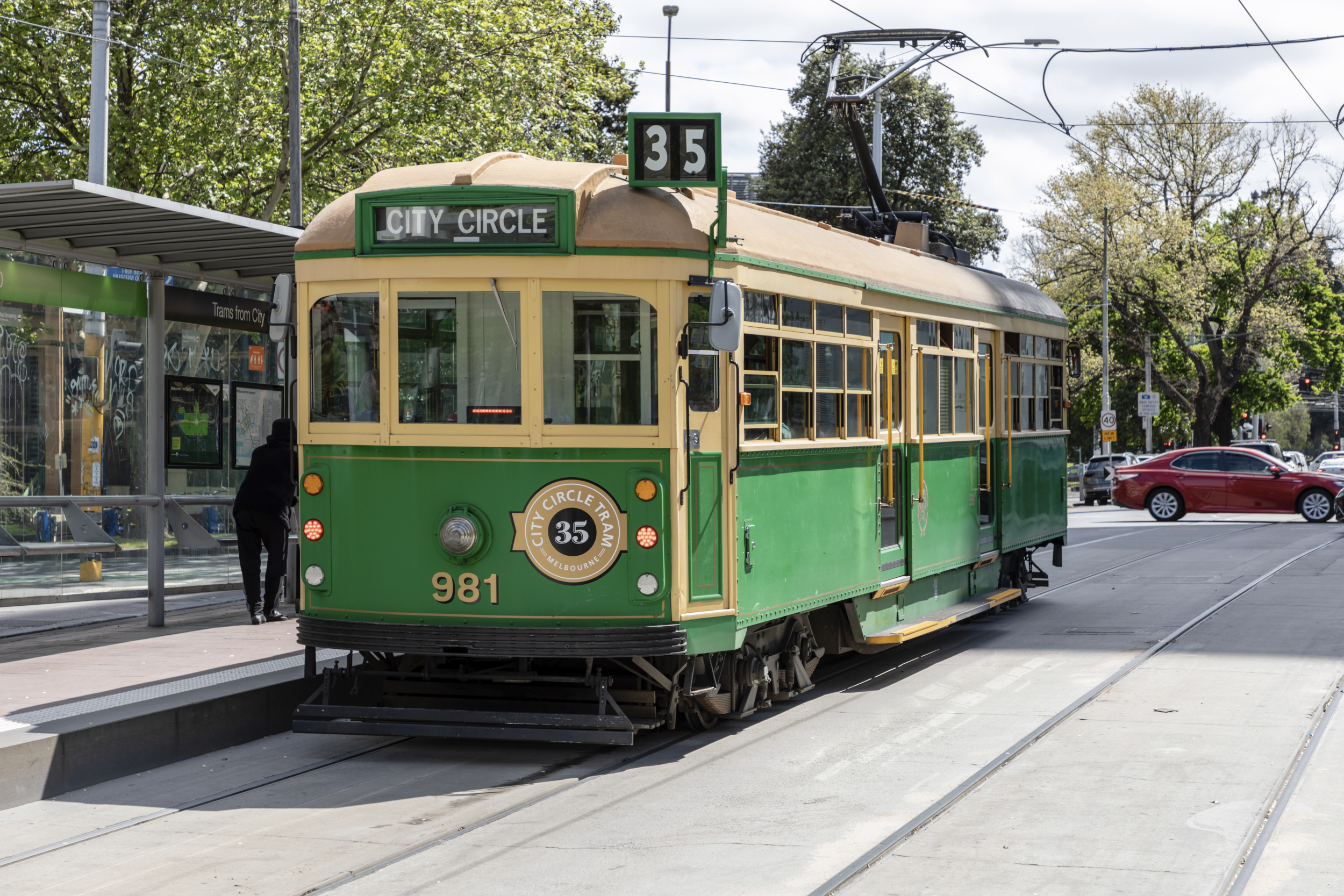

The temperature scale, I think. You divide the logit output by the temperature before feeding it to the softmax function. Larger (resp. smaller) temperature results in a higher (resp. lower) entropy distribution.


The temperature scale, I think. You divide the logit output by the temperature before feeding it to the softmax function. Larger (resp. smaller) temperature results in a higher (resp. lower) entropy distribution.


Have you read the “About the film” section at the bottom?
When two young American Jews raised to unconditionally love Israel witness the brutal way Israel treats Palestinians, their lives take sharp left turns.
Here’s the list of the filmmakers. Notice that there is a Palestinian-American in it.
You might have misunderstood who created the film and what it is about.


come up with new and unexpected things that never existed before
I’m not sure this is possible if the tech is still primarily built by learning from data, which by definition, has existed.


only in the podcasts I listen to
Yes definitely. Many of my fellow NLP researchers would disagree with those researchers and philosophers (not sure why we should care about the latter’s opinions on LLMs).
it’s using tokens, which are more like concepts than words
You’re clearly not an expert so please stop spreading misinformation like this.


You seem very certain on this approach, but you gave no sources so far. Can you back this up with actual research or is this just based on your personal experience with chatgpt4?


Can you provide the source of a few of these completely different LLMs?
add even a small amount of change into an LLM […] radically alter the output
You mean perturbing the parameters of the LLM? That’s hardly surprising IMO. And I’m not sure it’s convincing enough to show independence, unless you have a source for this?


two totally independent LLMs
How do you propose to get these independent LLMs? If both are trained using similar objectives e.g., masked token prediction, then they won’t be independent.
Also, assuming independent LLMs could be obtained, how do you propose to compute this hallucination probability? Without knowing this probability, you can’t know how many verification LLMs are sufficient for your application, can you?


I’d say traffic calming measures are the only right option for getting people to slow down.


I agree. The problem is systemic, so I think the solution should be fixing the system rather than technological. But sadly the former is much harder.
I just checked and Victoria Police recommends Property Vault for registering bikes. Thanks for your suggestion!
Thanks, I’ll look into Bikesure. I don’t have contents insurance, maybe I should look into that as well!
Each row in the figure is a probability distribution over possible outputs (x-axis labels). The more yellow, the more likely (see the colour map on the right). With a small temperature (e.g., last row), all the probability mass is on 42. This is a low entropy distribution because if you sample from it you’ll constantly get 42, so no randomness whatsoever (think entropy as a measure of randomness/chaos). As temperature increases (rows closer to the first/topmost one), 42 is still the most likely output, but the probability mass gets dispersed to other possible outputs too (other outputs get a bit more yellow), resulting in higher entropy distributions. Sampling from such distribution gives you more random outputs (42 would still be frequent, but you’d get 37 or others too occasionally). Hopefully this is clearer.
Someone in another reply uses the word “creativity” to describe the effect of temperature scaling. The more commonly used term in the literature is “diversity”.